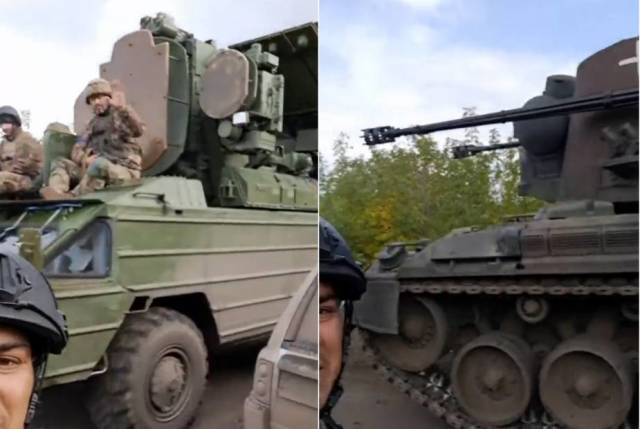They are being upgraded to capture the target with the help of opticsMOSCOW, October 19.
/tass/. The greatest danger to the Russian front-line aviation participating in the special operation in Ukraine is now the Buk and Osa-AKM anti-aircraft missile systems (SAM) modified by specialists from NATO. This was reported to TASS by a source in the law enforcement agencies.
"The most dangerous for front-line aviation now are the Buk and Osa-AKM air defense systems, modified by Europeans, experts from NATO, so that the capture of the target was carried out not with the help of a radar station, but with the help of optics," the agency interlocutor said.
He explained that since the radar system of the air defense system irradiates the target, aircraft and helicopters equipped with radiation warning stations can perform anti-missile maneuvers and detect complexes firing at them. In turn, optical target detection systems belong to passive systems, do not detect SAMs and increase the chances of hitting air targets.
TASS has no official information on this matter.
"Buk" is a family of self-propelled air defense systems of military air defense (air defense) to combat maneuvering aerodynamic targets at low and medium altitudes in conditions of intense radio interference. Buk became one of the first complexes capable of intercepting cruise missiles, as well as American tactical ballistic missiles of the Lance type, anti-radar missiles of the Harm type and other high-precision air and ground-based weapons. In its early versions, the Buk was able to capture and attack more than 10 targets at once with a probability of defeat from 30 to 70%, depending on their type.
There are four main modifications of this SAM: "Buk-M1", taken out of service by the Armed Forces of the Russian Federation presumably in 2011, "Buk-M1-2", "Buk-M2" and the latest "Buk-M3". The earlier versions of the Buk-M1 and Buk-M1-2 air defense systems, according to some reports, continue to be in service with some countries, including Azerbaijan, Georgia, Egypt, Kazakhstan, Syria and Ukraine. Finland is also among the former owners of such an air defense system.
"Osa-AKM" is an upgraded version of the Soviet military air defense system, adopted in 1971. It has not been produced since 1989, but is still in service with some countries, including Belarus, Poland and Ukraine. The Osa-AKM is equipped with six 9M33M3 missiles capable of hitting airplanes, helicopters, cruise missiles, remotely piloted aircraft and other means of air attack at an altitude of 10 to 5 thousand meters, a range of 1.5 to 10.3 km and a target flight speed of up to 500 m/s.

